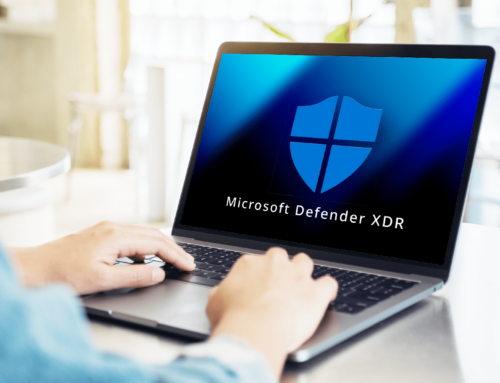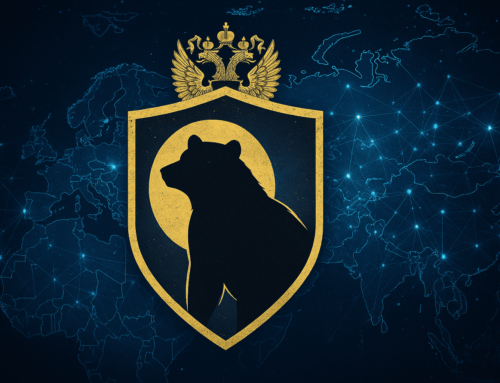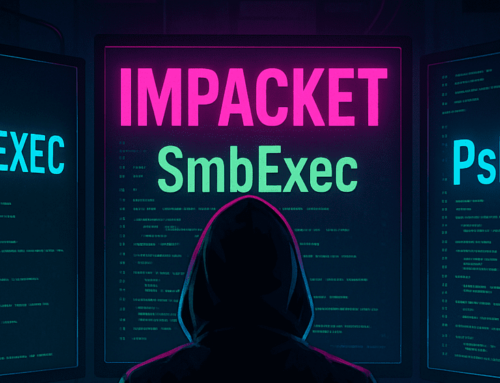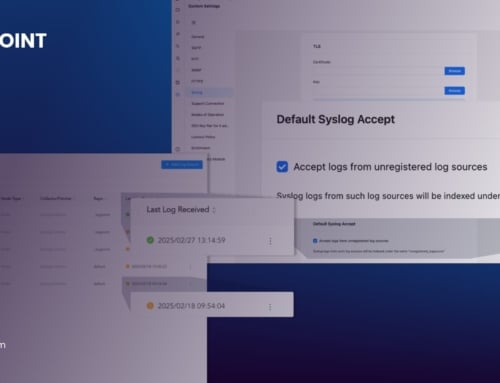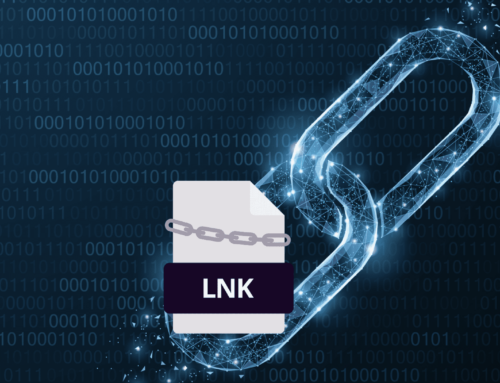Go To Section
By Andrew Lintell
The C-suite cares about cybersecurity now more than ever. Every day there’s a new headline with a cyberattack victim scrambling to understand what happened and what the operational and financial consequences are. The EU’s new directive, NIS2 which increases the cybersecurity obligations of an organization through compliance, is also putting increased pressure on the C-suite to understand cybersecurity initiatives and how appropriate they are.
Despite this willingness to understand needs and requirements, it’s still a challenge to get the conversation between the CISO and the rest of the C-suite started. How do you see eye to eye on the risk when one party is coming from a technical perspective and the other from a business perspective?
Understanding cyber risk
Based on the studies of organizations impacted by the global 2017 NotPeteya attack, Manuel Hepfer and Thomas C. Powell from Saïd Business School at the University of Oxford developed the model “Four Elements of Organizational Resilience to Cyberattack” to evaluate and improve organizational resilience to cyberattacks and for leveraging cybersecurity strategy to achieve new forms of advantage.
The four elements that management should discuss are:
- Protecting the business
- Broadening awareness
- Responding and recovering
- Managing consequences
Each of the four elements of the model raises questions that executives can use to lead discussions on the company’s approach to a cybersecurity strategy. Although some of these discussions are concerned with events after a cyberattack, all the discussions should happen now, as part of strategic planning before a cyberattack.
Getting the risk assessment right
The most critical element to efficient and robust Cybersecurity infrastructure is accurate, complete, reliable, real-time, and importantly historical data. Organizations need to harness all of it to mount an effective defense against external and internal threats and securely grow their business. Logpoint’s platform pulls all cybersecurity data together, verifies it, contextualizes, simplifies, and prioritizes it based on urgency, historical relevance, plus incurred, and potential damage, to name a few.
To master the security data and mount an effective cyber defense, Logpoint harnesses four key cybersecurity technologies in its unique Converged SIEM solution: SIEM, UEBA, SOAR, and BCS for SAP. The SIEM element collects and analyzes security incidents in real-time, while UEBA uses AI technology to detect abnormal and risky behaviors. SOAR automates incident detection and response, and BCS for SAP automatically correlates and analyzes data from the cybersecurity infrastructure with data from business-critical systems to provide unparalleled SAP visibility.
Converging this technology accelerates threat detection, investigation, and response. It allows organizations to achieve efficiencies of scale and consolidates the technologies used in their cybersecurity operations, making their security operations simple, efficient, and more effective than they ever thought possible.
In addition, the SaaS platform enables you to keep up to date with the latest threats with ready-to-use security content and playbooks. Knowing all of this, the C-suite can rest assured that the business is automatically protected against the most recent threats. Importantly the scalability and flexibility of the SaaS solution enables businesses to use advanced analytics while maintaining control of financial requirements.
Cybersecurity is the foundation of securing the growth of any business, it improves the efficiency of business operations and reduces risk. As such, it is vital that the C-suite engages with security teams ensuring cybersecurity is acknowledged, optimized, and functions for the greater needs of the business.
For more in-depth insights into cyber risk and how you manage it, check out our whitepaper The business-value of Cybersecurity: Growing business securely.

